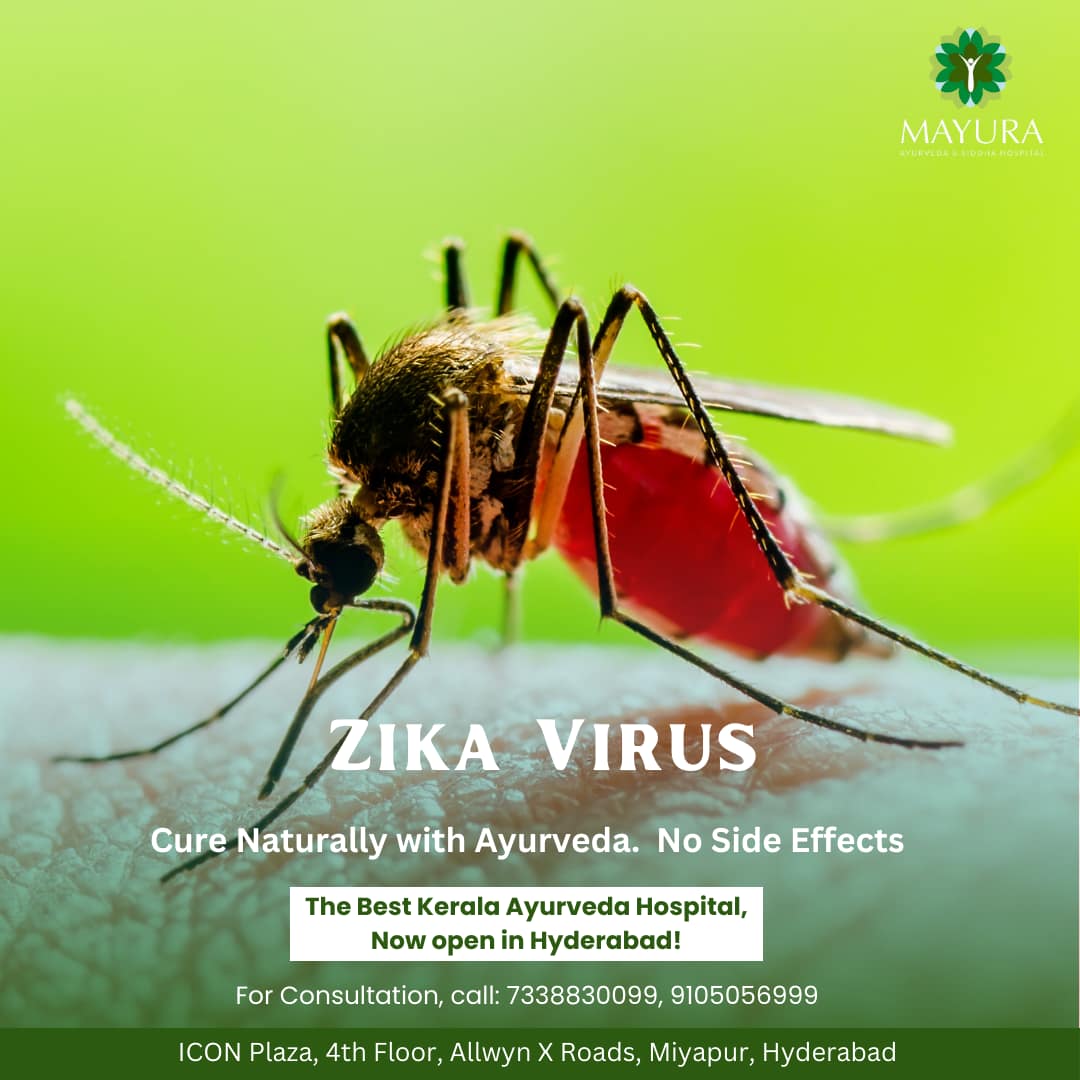In recent years, the Zika virus has emerged as a significant public health concern, especially in tropical and subtropical regions. This comprehensive guide aims to raise awareness about the Zika virus, shedding light on its symptoms, modes of transmission, and effective prevention strategies. By increasing understanding and vigilance, we can mitigate the risks associated with this virus and safeguard our communities.
Introduction
The Zika virus, once a relatively obscure pathogen, has become a critical global health issue. First identified in Uganda in 1947, it remained under the radar until significant outbreaks occurred in the Americas around 2015-2016. The virus, primarily spread by Aedes mosquitoes, poses a unique threat due to its association with severe birth defects and neurological disorders. This blog aims to provide essential information about Zika, emphasizing the importance of awareness and prevention.
Symptoms of Zika Virus
Most people infected with the Zika virus do not show symptoms. When symptoms do occur, they are generally mild and can include:
1. Fever
2. Rash
3. Joint pain
4. Red eyes (conjunctivitis)
Other symptoms may include muscle pain and headache. These symptoms usually last for several days to a week. However, Zika infection during pregnancy can cause serious birth defects such as microcephaly and other severe fetal brain defects.
Transmission
The Zika virus is primarily transmitted through the bite of an infected Aedes species mosquito (Aedes aegypti and Aedes albopictus). However, the virus can also be transmitted through:
Mother-to-child transmission during pregnancy
Sexual contact
Blood transfusion
Laboratory exposure
Prevention Strategies
Given the absence of a vaccine or specific antiviral treatment for Zika, prevention is crucial. Key strategies include:
1. Avoiding Mosquito Bites: Use insect repellent, wear long-sleeved shirts and long pants, and stay in places with air conditioning or use window and door screens to keep mosquitoes outside.
2. Mosquito Control: Reduce mosquito breeding sites by emptying standing water from containers around your home and using larvicides.
3. Travel Precautions: Pregnant women or women planning to become pregnant should avoid traveling to areas with active Zika transmission.
4. Safe Sex Practices: Use condoms or abstain from sex, especially if you or your partner live in or have traveled to areas with Zika.
5. Public Health Measures: Support and participate in community efforts to control mosquito populations and reduce transmission.
Raising Awareness
Raising awareness about the Zika virus is essential to prevent its spread and protect vulnerable populations, particularly pregnant women. Public health campaigns, education programs, and community engagement are vital components in combating the virus. By staying informed and proactive, we can collectively reduce the impact of the Zika virus on global health.
Conclusion
The Zika virus remains a public health threat, particularly in regions prone to mosquito-borne diseases. Awareness and prevention are our best defenses against this virus. By understanding the symptoms, modes of transmission, and effective preventive measures, we can protect ourselves and our communities. Stay informed, stay vigilant, and help spread the word about Zika virus prevention.
















